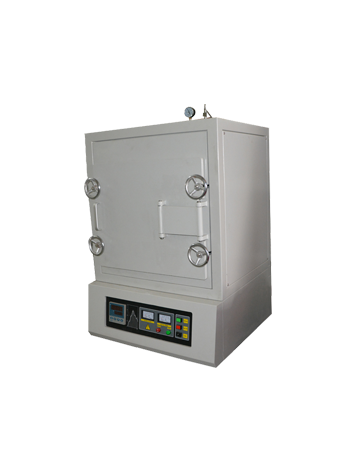Classification and selection of annealing
Time:2020-06-03 10:01 Click:
1、 The difference between incomplete annealing and complete annealing
(1) Incomplete annealing is also called incomplete crystallization annealing. It is a temperature between AC1 and AC3 or AC1 and ACM in the heating channel of steel, which is cooled down slowly after heat preservation, so that incomplete recrystallization occurs in the steel structure.
(2) Incomplete annealing is to heat the workpiece to semi austenitizing for annealing, while complete annealing is to heat the workpiece to fully austenitizing for annealing.
(3) Incomplete annealing is generally used for hypereutectoid steel and hypoeutectoid steel, while complete annealing is generally used for hypoeutectoid steel only.
(4) In general, lamellar pearlite is obtained by complete annealing, while spherical pearlite is obtained by incomplete annealing.

2、 Application scope of incomplete annealing
Incomplete annealing can be used for hypoeutectoid and hypereutectic steels. The characteristic is that after annealing, the cementite of pearlite becomes globular, which is also called spheroidizing annealing.
For hypoeutectoid steels, incomplete annealing is often due to the following conditions:
(1) This kind of annealing is mainly applied to the forged structural parts, especially those with high carbon content. Because the pearlite after forging is too fine, the hardness is too high to be cut.
(2) This kind of annealing is used for hypoeutectoid steel which needs cold deformation.
3、 Difference between isothermal annealing and ordinary annealing
There is a certain difference between isothermal annealing and ordinary annealing process and cooling method. Ordinary annealing generally means that the workpiece is cooled slowly with the furnace after the completion of the heat preservation process. When the workpiece is cooled to below 500 ℃, it can be discharged into the furnace for air cooling. The isothermal annealing is that after the workpiece is heated and insulated, the austenite is cooled to a certain temperature below AC1 at a faster cooling rate for a period of time, so that the austenite is decomposed into pearlite at an isothermal temperature, and then cooled to room temperature at a faster cooling rate (air cooling). The isothermal annealing is characterized by short time and good quality.
4、 Cooling method of isothermal annealing
(1) The cooling rate of workpiece from annealing temperature to isothermal temperature can be arbitrary, which is usually carried out in two furnaces in production.
(2) The isothermal temperature is generally 10-30 ℃ below AR1, that is, the pearlite transition temperature.
(3) The cooling after transformation can be arbitrary
5、 The method of ball retreat
(1) Common ball annealing: heat the steel parts to slightly higher temperature and AC1 (generally AC1 + 20-30 ℃), cool them slowly to below 500 ℃ at 20-50 ℃ / h after heat preservation, and air cool them out of the furnace.
(2) Isothermal ball annealing: after the same heating temperature as the common ball annealing is kept, the furnace is cooled to a temperature slightly lower than AR1 temperature for isothermal treatment, and the furnace is air cooled after the isothermal treatment.
(3) Periodic ball withdrawal: it is alternately heated and cooled above and below AC1, equivalent to cold multiple isothermal ball withdrawal.
Please leave a message here. We will reply you in 24 hours.
